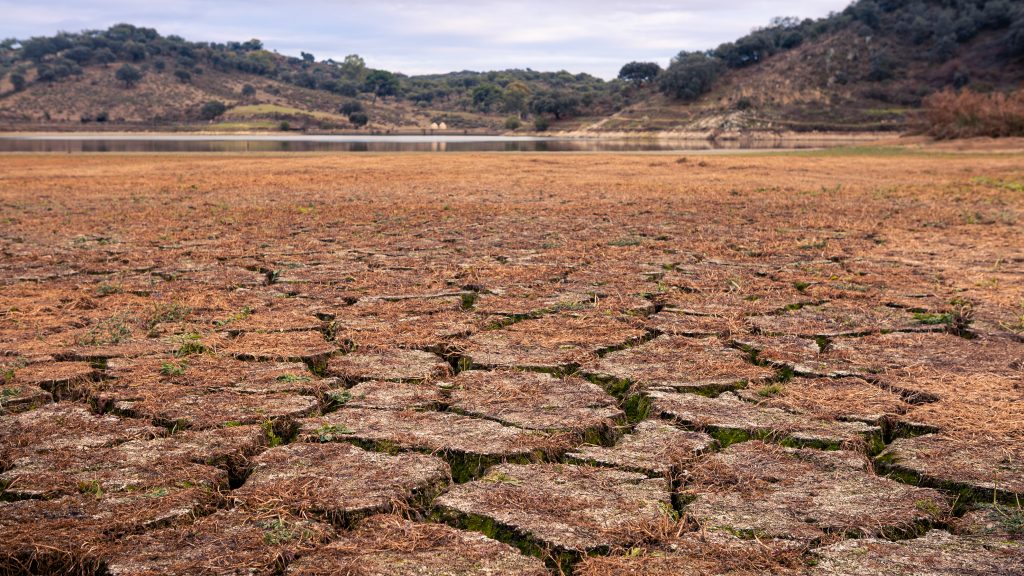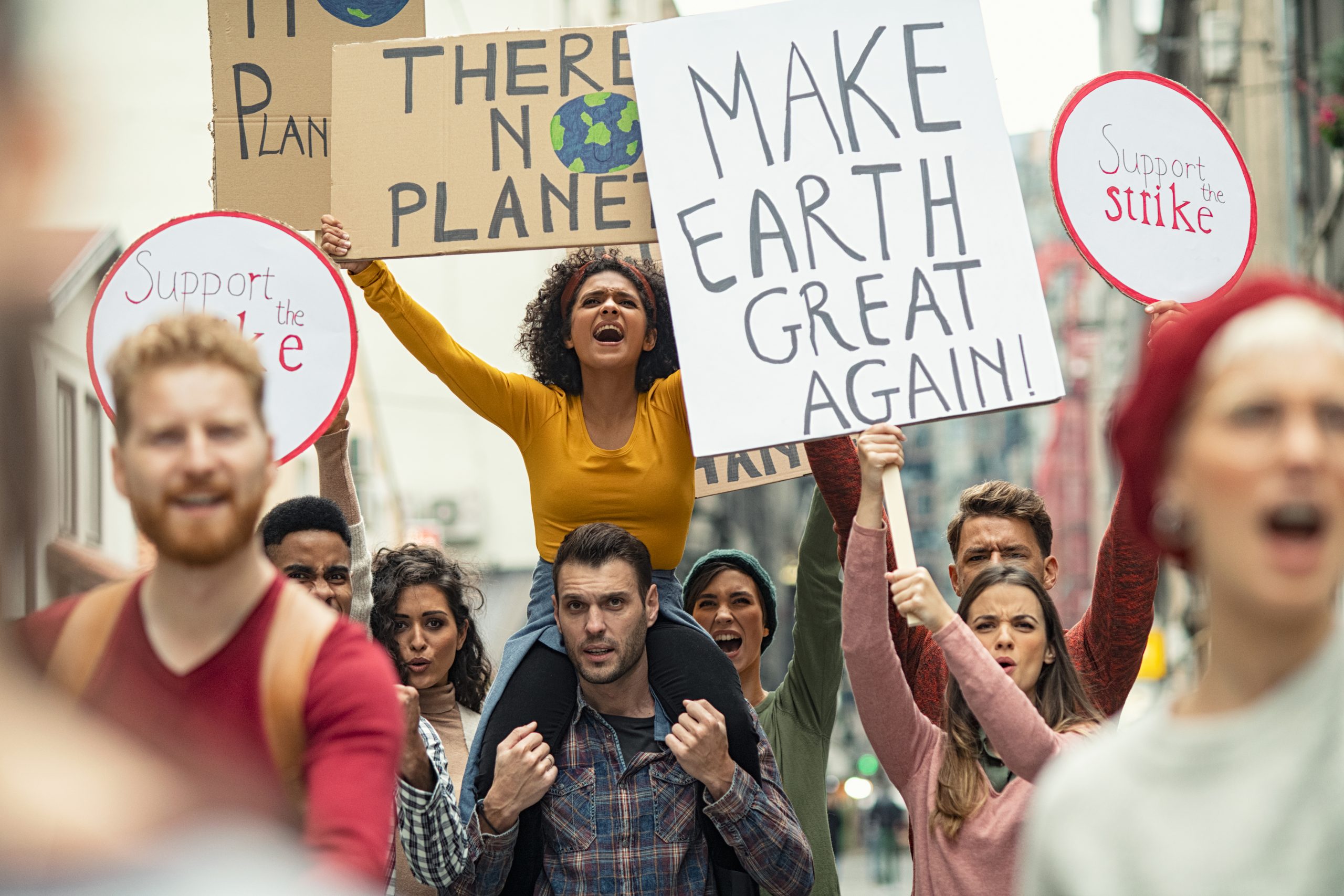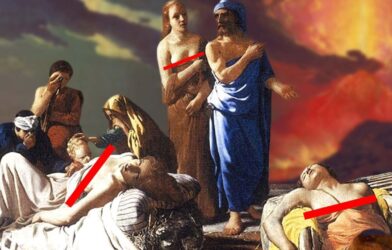The Conference of the Parties (COP) serves as the primary decision-making body of the United Nations Framework Convention on Climate Change (UNFCCC). It was established to oversee and enhance global efforts to address climate change. The need for COP arose from the recognition of an urgent requirement for a coordinated and comprehensive response to the escalating threat of climate change. Consequently, in 1992, the UNFCCC was adopted during the Earth Summit in Rio de Janeiro. The Convention’s main goal is to stabilize greenhouse gas concentrations in the atmosphere to avert dangerous human-induced interference with the climate system. As the supreme body of the UNFCCC, the COP is tasked with reviewing the Convention’s implementation and making decisions to ensure its effective execution.
Here’s a look at how it all began:
- Scientific Findings and Early Concerns: In the 1970s and 1980s, scientific research highlighted the dangers of human-induced climate change. Reports from the World Meteorological Organization (WMO) and the United Nations Environment Programme (UNEP) emphasized the need for global action.
- 1988: Birth of the Intergovernmental Panel on Climate Change (IPCC): The IPCC was created to assess scientific information related to climate change. Its first report in 1990 confirmed global warming trends and called for international action.
- 1990: The Second World Climate Conference: This conference in Geneva called for a global climate treaty, building political momentum for future agreements.
- 1992: The Earth Summit in Rio de Janeiro: Known officially as the United Nations Conference on Environment and Development (UNCED), this summit led to the adoption of the United Nations Framework Convention on Climate Change (UNFCCC). The UNFCCC aimed to stabilize greenhouse gas levels and laid the groundwork for future climate talks.
- UNFCCC’s Mission: The UNFCCC called for annual meetings of the Conference of the Parties (COP) to review progress, discuss new commitments, and ensure global cooperation.
- 1995: COP1 in Berlin: The first official COP meeting, starting the tradition of yearly conferences focused on climate action.

Timeline of COP (Conference of the Parties)
- 1995: COP1 in Berlin – Established the Berlin Mandate, setting the stage for future climate agreements.
- 1996: COP2 in Geneva – Focused on strengthening national commitments and increasing transparency.
- 1997: COP3 in Kyoto – Adoption of the Kyoto Protocol, setting legally binding emission reduction targets for developed countries.
- 1998: COP4 in Buenos Aires – Adoption of the Buenos Aires Plan of Action to prepare for Kyoto Protocol implementation.
- 1999: COP5 in Bonn – Further work on the Kyoto Protocol.
- 2000: COP6 in The Hague – Discussions on mechanisms for the Kyoto Protocol, though negotiations faltered and were completed in 2001.
- 2001: COP7 in Marrakech – Adoption of the Marrakech Accords, detailing the rules for the implementation of the Kyoto Protocol.
- 2002: COP8 in New Delhi – Emphasis on adaptation and technology transfer.
- 2003: COP9 in Milan – Further negotiations on the Kyoto Protocol’s implementation.
- 2004: COP10 in Buenos Aires – Focus on adaptation issues.
- 2005: COP11 in Montreal – Entry into force of the Kyoto Protocol.
- 2006: COP12 in Nairobi – Nairobi Work Programme on impacts, vulnerability, and adaptation.
- 2007: COP13 in Bali – Adoption of the Bali Road Map for long-term cooperative action.
- 2008: COP14 in Poznań – Progress on the Bali Road Map.
- 2009: COP15 in Copenhagen – The Copenhagen Accord recognized the need to limit global temperature rise but lacked binding commitments.
- 2010: COP16 in Cancun – The Cancun Agreements formalized key elements of the Copenhagen Accord, including a goal to limit the global temperature increase to 2°C.
- 2011: COP17 in Durban – Launch of the Durban Platform for Enhanced Action, initiating negotiations for a new global climate agreement.
- 2012: COP18 in Doha – Adoption of the Doha Amendment to the Kyoto Protocol, extending its commitment period.
- 2013: COP19 in Warsaw – Establishment of the Warsaw International Mechanism for Loss and Damage to address impacts of climate change.
- 2014: COP20 in Lima – Adoption of the Lima Call for Climate Action, paving the way for the Paris Agreement.
- 2015: COP21 in Paris – Adoption of the Paris Agreement, with commitments to limit global warming to well below 2°C, ideally 1.5°C.
- 2016: COP22 in Marrakech – Marrakech Action Proclamation for climate and sustainable development.
- 2017: COP23 in Bonn (hosted by Fiji) – Focus on implementation guidelines for the Paris Agreement.
- 2018: COP24 in Katowice – Adoption of the Katowice Climate Package, providing guidelines for implementing the Paris Agreement.
- 2019: COP25 in Madrid (hosted by Chile) – Focus on finalizing rules for carbon markets under Article 6 of the Paris Agreement.
- 2020: COP26 (postponed to 2021 due to COVID-19) in Glasgow – Glasgow Climate Pact to strengthen emission reduction pledges.
- 2021: COP26 in Glasgow – Significant focus on carbon markets and financial commitments.
- 2022: COP27 in Sharm El-Sheikh – Emphasis on urgent climate action and adaptation, addressing loss and damage, and increasing financial support for vulnerable countries.
- 2023: COP28 in Dubai – Scheduled to review progress and further global climate goals.
- 2024: COP29 in Azerbaijan – Scheduled at November, 2024
Notable Aspects of the Conferences
Inclusivity and Global Participation - The COP conferences bring together a diverse range of participants, including government officials, scientists, NGOs, activists, and business leaders, fostering a global dialogue on climate action.
Youth and Indigenous Voices - Recent conferences have significantly included the perspectives of youth and indigenous communities, recognizing their crucial role in driving climate action and their vulnerability to climate impacts.
Technological and Financial Innovation - The conferences often serve as platforms for showcasing innovative technologies and financial mechanisms designed to reduce emissions and support adaptation efforts.
High-Stakes Negotiations - The negotiations can be intense and complex, highlighting geopolitical dynamics and differing national priorities.
Climate Justice and Equity - A recurring theme is the principle of common but differentiated responsibilities, acknowledging that while all countries must act on climate change, developed nations have a greater responsibility due to their historical emissions.
The United Nations Climate Change Conferences are essential in the global fight against climate change. From the early Kyoto Protocol to the landmark Paris Agreement and beyond, these conferences have shaped international climate policy and action. As climate impacts become more evident, the role of COP in fostering cooperation and commitment is more important than ever. For the latest updates and in-depth coverage of these conferences, keep visiting bridges.tv.














